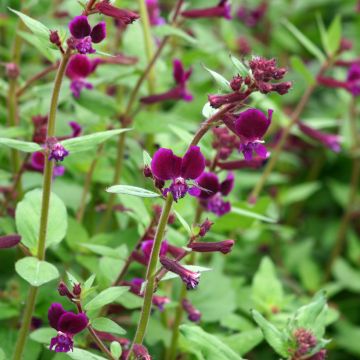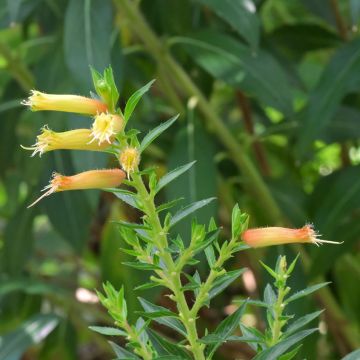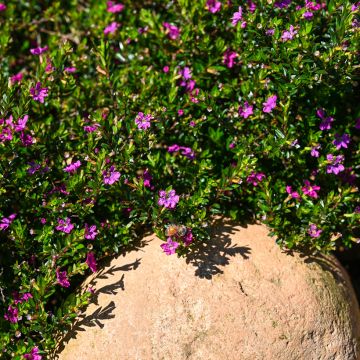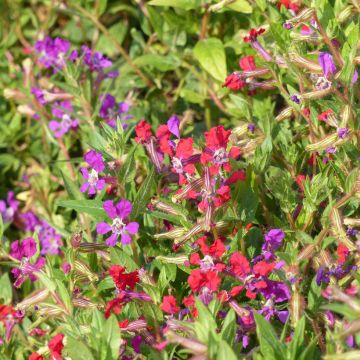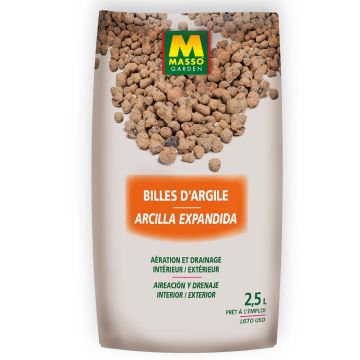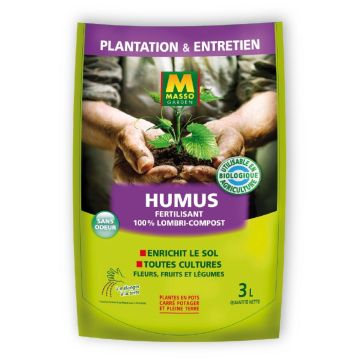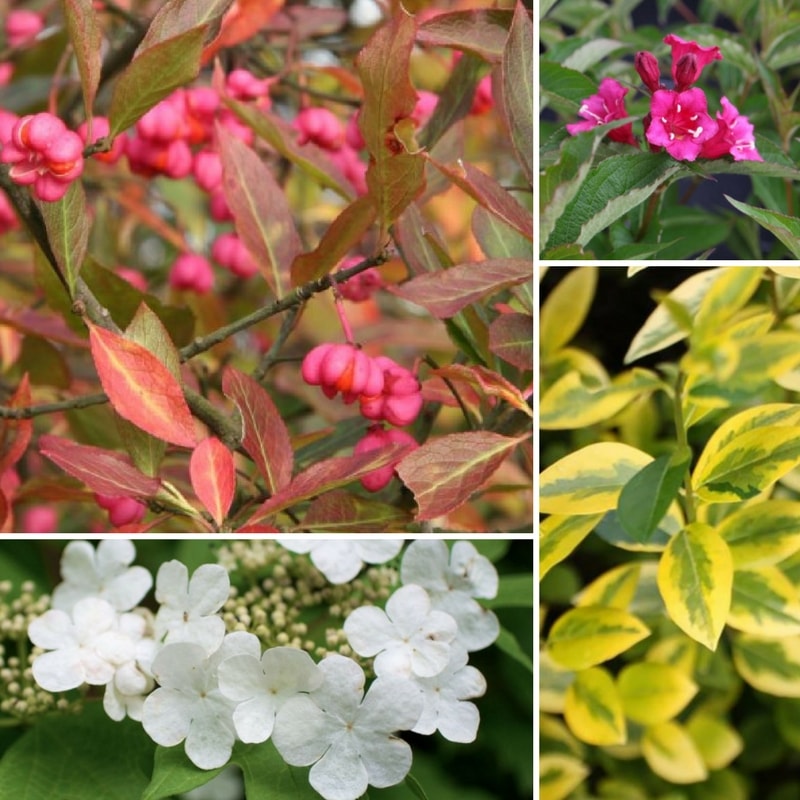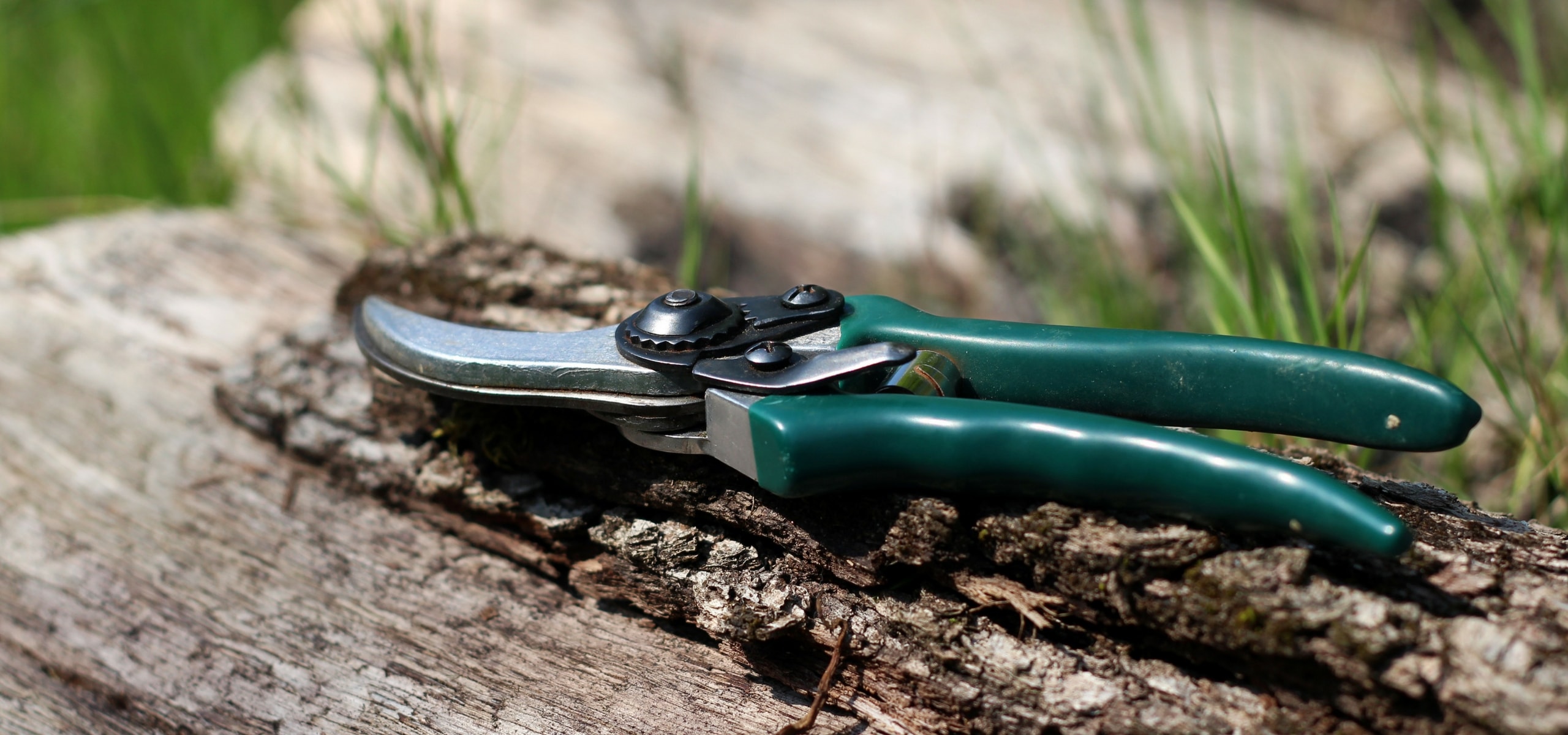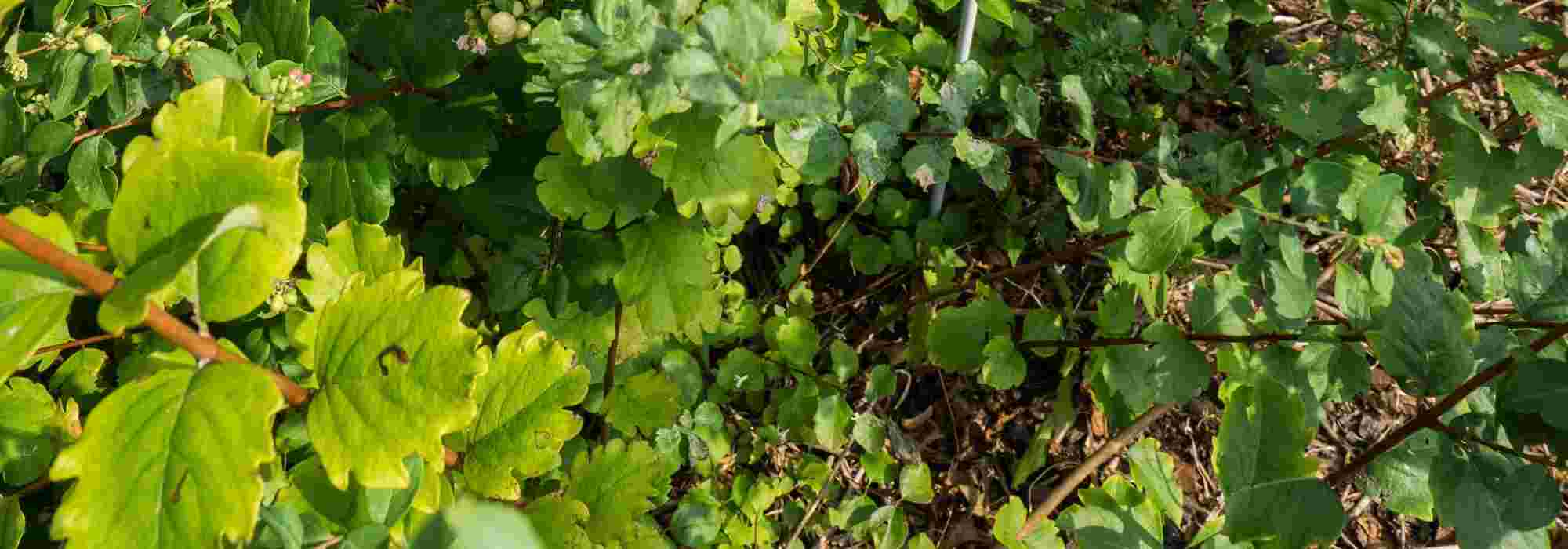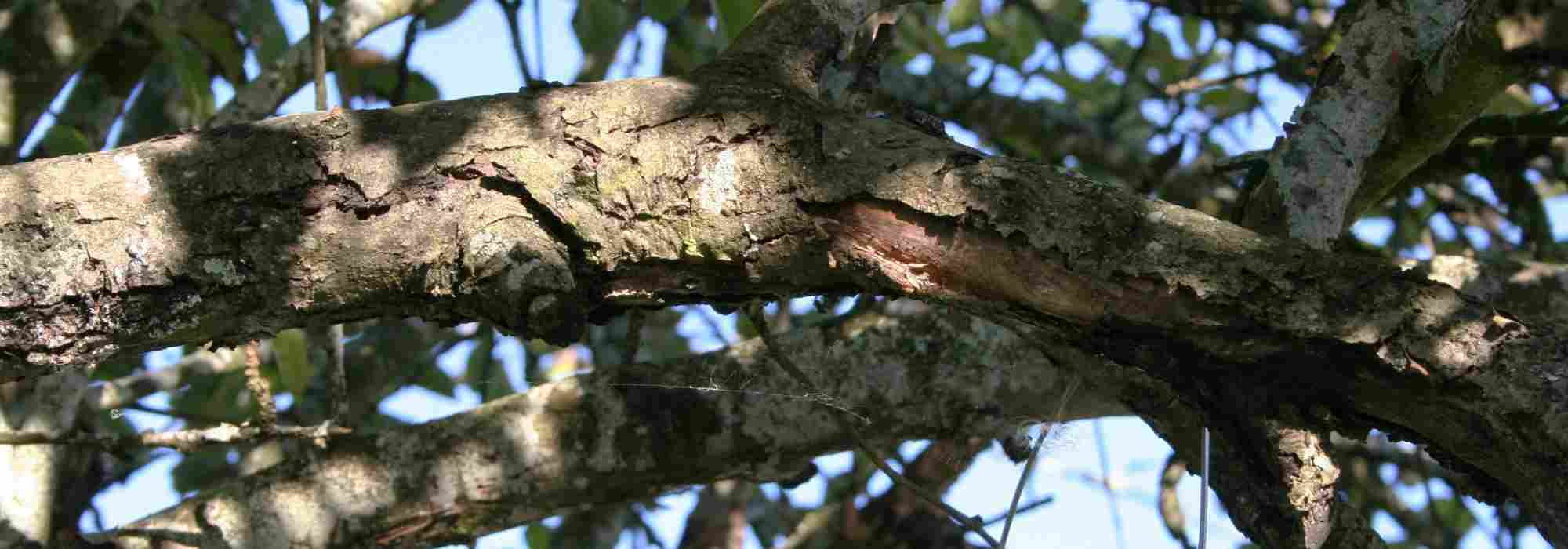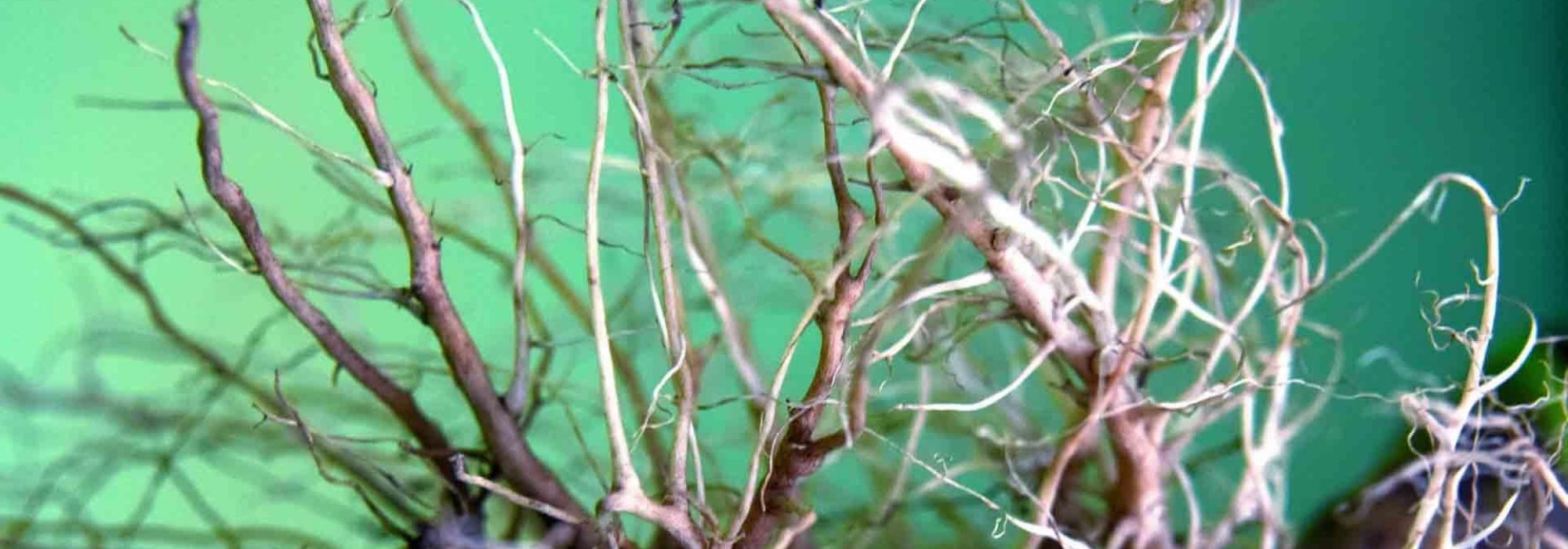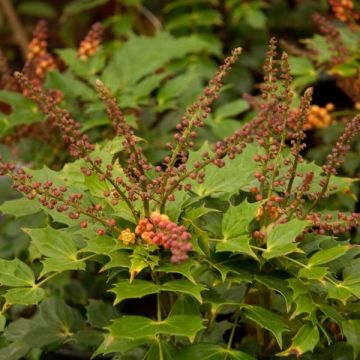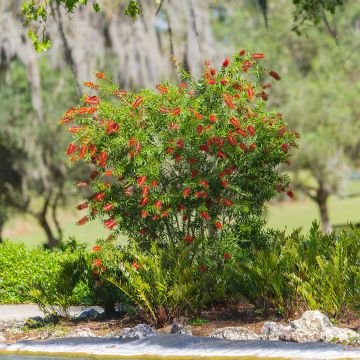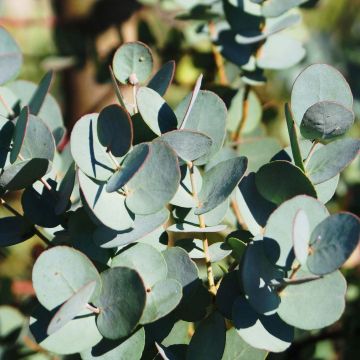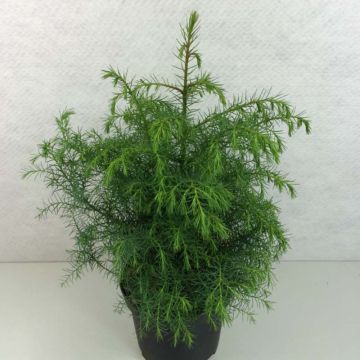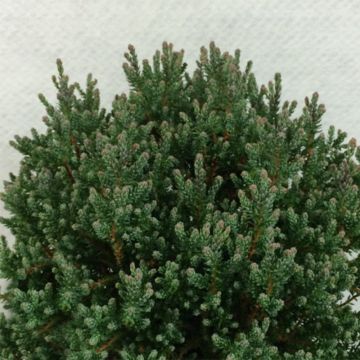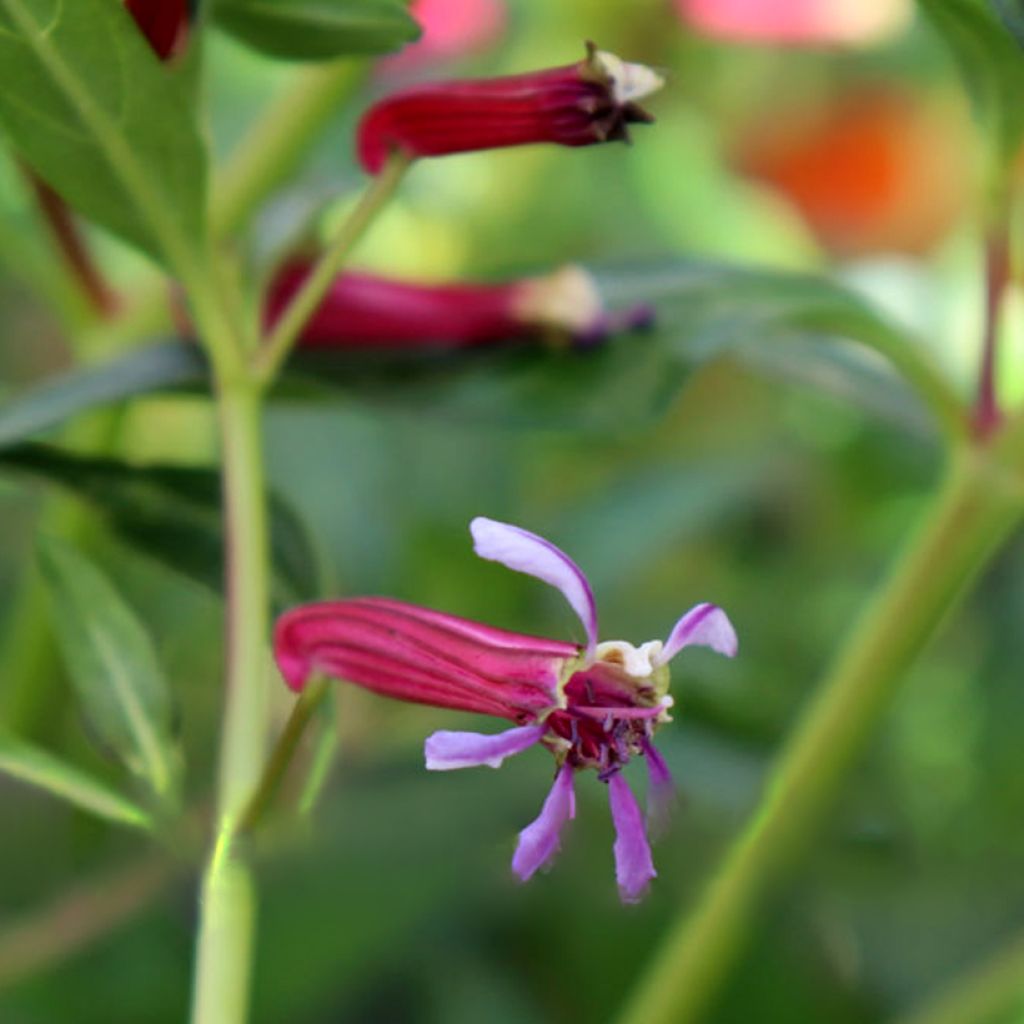

Cuphea Twinkle Pink
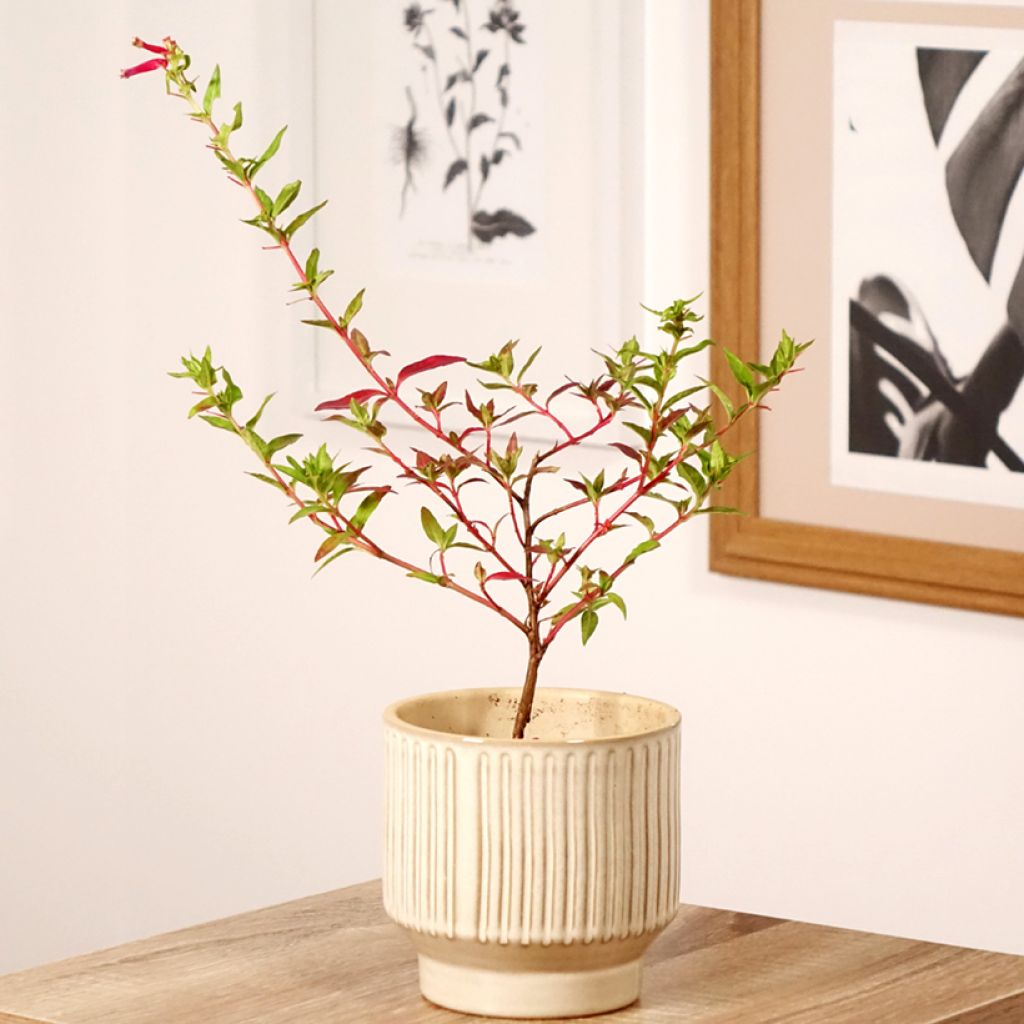

Cuphea Twinkle Pink
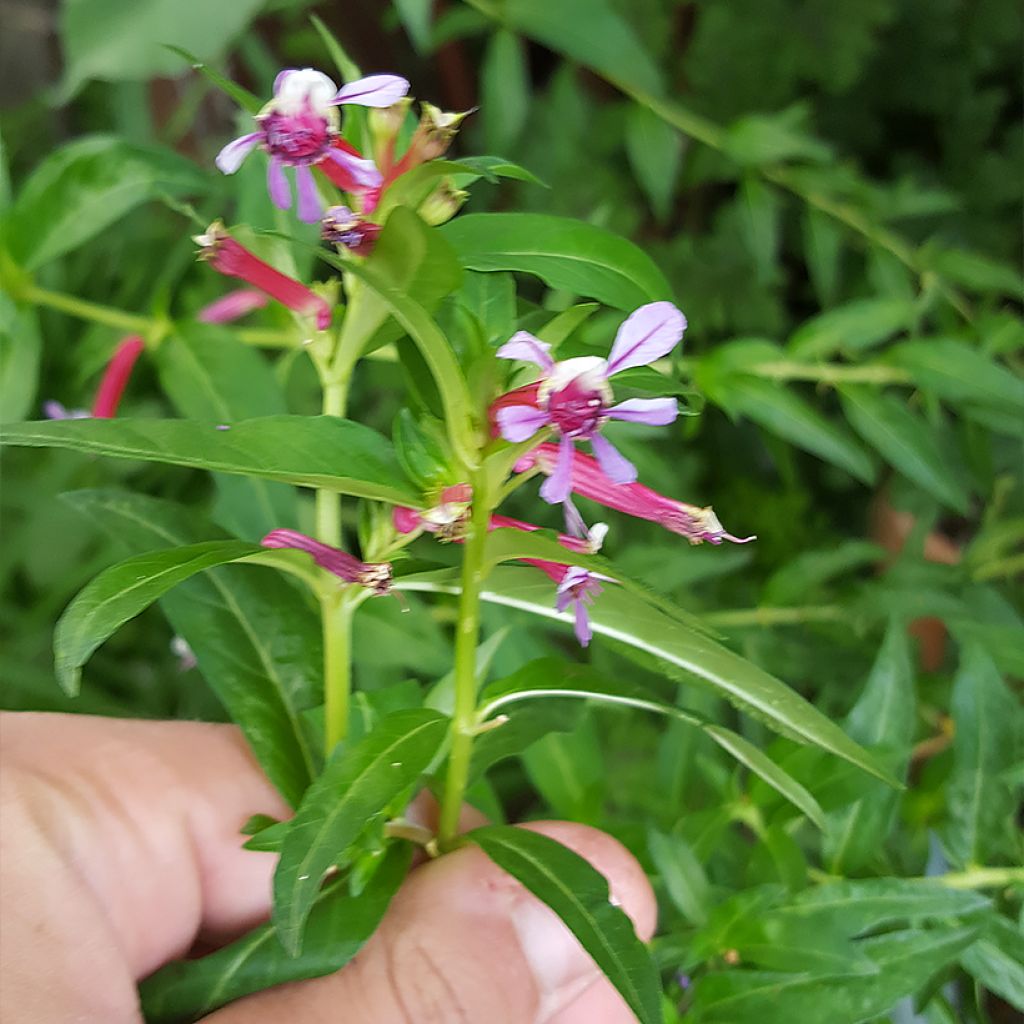

Cuphea Twinkle Pink
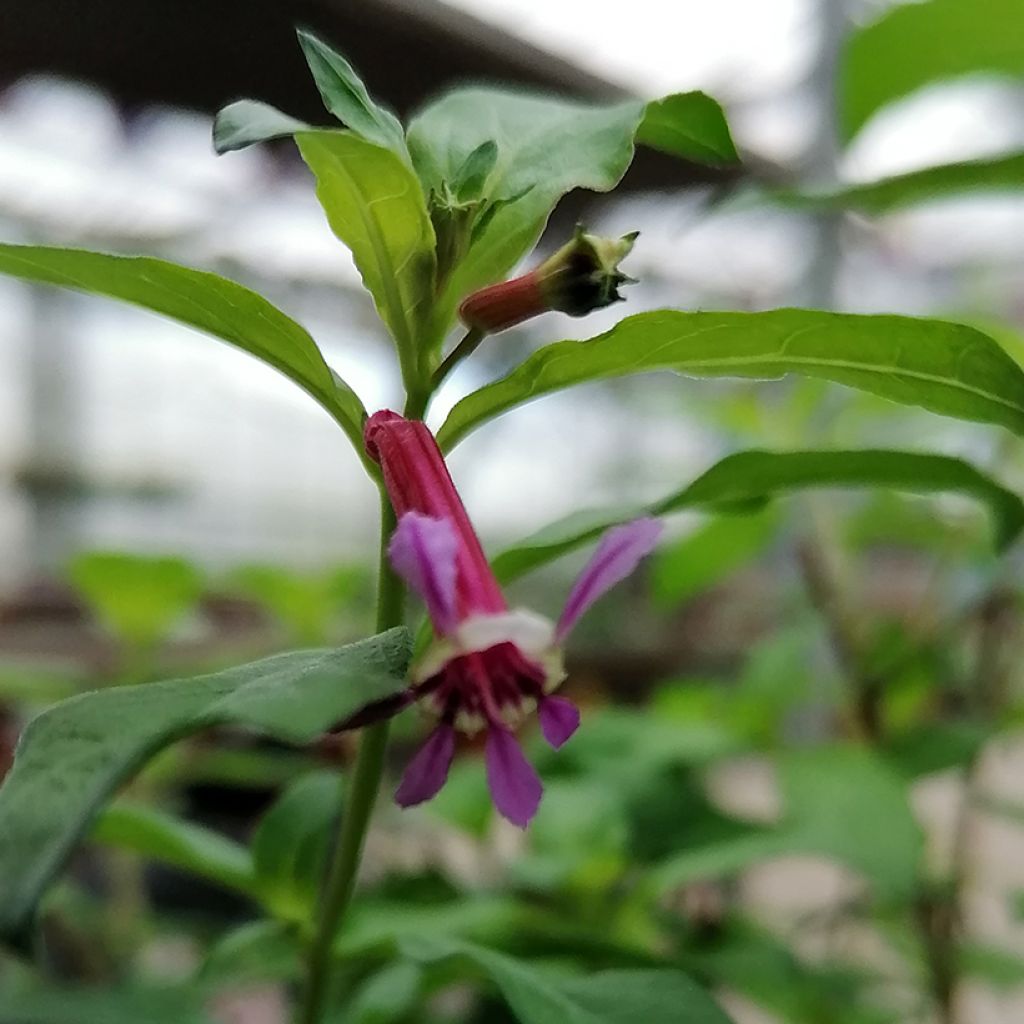

Cuphea Twinkle Pink
Cuphea Twinkle Pink
Cuphea Twinkle Pink
Cigar Plant, Bat Face, Mexican Heather
Special offer!
Receive a €20 voucher for any order over €90 (excluding delivery costs, credit notes, and plastic-free options)!
1- Add your favorite plants to your cart.
2- Once you have reached €90, confirm your order (you can even choose the delivery date!).
3- As soon as your order is shipped, you will receive an email containing your voucher code, valid for 3 months (90 days).
Your voucher is unique and can only be used once, for any order with a minimum value of €20, excluding delivery costs.
Can be combined with other current offers, non-divisible and non-refundable.
Home or relay delivery (depending on size and destination)
Schedule delivery date,
and select date in basket
This plant carries a 12 months recovery warranty
More information
We guarantee the quality of our plants for a full growing cycle, and will replace at our expense any plant that fails to recover under normal climatic and planting conditions.
Would this plant suit my garden?
Set up your Plantfit profile →
Description
Cuphea 'Twinkle Pink', nicknamed the "Cigar Plant", is a perennial plant forming a beautiful rounded clump that can reach 80 cm high. Tts compact habit is easily maintained with regular pruning. Its elongated and dark green leaves are evergreen. It is especially loved for its long and generous flowering. From May until the first frost, it is covered with small tubular pink flowers that open to six light violet petals. It is not very hardy (-4°C) so should only be planted in the ground in the mildest regions, unless you use it as an annual plant. Everywhere else, grow it in a pot and protect it from frost by overwintering it indoors or in a conservatory.
The Cuphea genus is in the Lythraceae family and includes more than 250 species native to South America, Central America, and the Pacific Islands among others. The 'Twinkle Pink' variety is a horticultural creation, derived from Cuphea ignea, native to Mexico. It produces bright pink tubular flowers that open to six lighter, slightly violet petals. They are 2 to 3 cm in length, clustered in spikes at the end of the stems and make excellent cut flowers. It owes its nickname "Cigar Plant" to its original tube-shaped flowers. In our climates, flowering generally extends from May until the first frost. Its leaves are lanceolate, leathery, and dark green. The midrib is very pronounced. They are evergreen if the plant is protected from the cold. It is only hardy down to -4°C. The Cigar Plant easily branches out and forms a bushy clump 40 to 80 cm high and almost as wide.
Cuphea Twinkle Pink can be used as an annual and planted in flower beds. Its pink colour easily blends in. In the mildest climates, it can remain in the ground from one year to the next. Everywhere else, it is best to plant it in a pot. For company, consider Phormium 'Dark Delight' with its almost black purple foliage or Phormium 'Jester' with its pink tones. The Lucky Melody Eupatorium with its fluffy white flowers will offer a nice contrast.
Report an error about the product description
Flowering
Foliage
Plant habit
Botanical data
Cuphea
Twinkle Pink
Lythraceae
Cigar Plant, Bat Face, Mexican Heather
Cultivar or hybrid
Other Cuphea
View all →Planting and care
The 'Twinkle Pink' Cuphea is a hardy perennial plant, but not very hardy, only to -4°C. You have several options: consider it as an annual plant for your flower beds and pots, grow it in a pot and bring it indoors or in a frost-free and bright location during winter, or, if you live in a sheltered area in the south, grow it in the ground. Mulching and winter protection may be necessary. In the ground, Cuphea appreciates a sunny or partially shaded exposure, with afternoon sun. It needs at least 5 to 6 hours of sun per day to flower. It thrives in a rich, fertile, moist, and well-drained soil. Once established, it tolerates drought well.
When grown in a container, water it regularly in the summer, making sure to let the soil dry between waterings. Add a little liquid fertiliser for flowering plants every 3 weeks to promote flowering.
Remove faded flowers as they appear. After flowering, pruning will help maintain a compact habit.
Planting period
Intended location
Care
Planting & care advice
This item has not been reviewed yet - be the first to leave a review about it.
Similar products
Haven't found what you were looking for?
Hardiness is the lowest winter temperature a plant can endure without suffering serious damage or even dying. However, hardiness is affected by location (a sheltered area, such as a patio), protection (winter cover) and soil type (hardiness is improved by well-drained soil).

Photo Sharing Terms & Conditions
In order to encourage gardeners to interact and share their experiences, Promesse de fleurs offers various media enabling content to be uploaded onto its Site - in particular via the ‘Photo sharing’ module.
The User agrees to refrain from:
- Posting any content that is illegal, prejudicial, insulting, racist, inciteful to hatred, revisionist, contrary to public decency, that infringes on privacy or on the privacy rights of third parties, in particular the publicity rights of persons and goods, intellectual property rights, or the right to privacy.
- Submitting content on behalf of a third party;
- Impersonate the identity of a third party and/or publish any personal information about a third party;
In general, the User undertakes to refrain from any unethical behaviour.
All Content (in particular text, comments, files, images, photos, videos, creative works, etc.), which may be subject to property or intellectual property rights, image or other private rights, shall remain the property of the User, subject to the limited rights granted by the terms of the licence granted by Promesse de fleurs as stated below. Users are at liberty to publish or not to publish such Content on the Site, notably via the ‘Photo Sharing’ facility, and accept that this Content shall be made public and freely accessible, notably on the Internet.
Users further acknowledge, undertake to have ,and guarantee that they hold all necessary rights and permissions to publish such material on the Site, in particular with regard to the legislation in force pertaining to any privacy, property, intellectual property, image, or contractual rights, or rights of any other nature. By publishing such Content on the Site, Users acknowledge accepting full liability as publishers of the Content within the meaning of the law, and grant Promesse de fleurs, free of charge, an inclusive, worldwide licence for the said Content for the entire duration of its publication, including all reproduction, representation, up/downloading, displaying, performing, transmission, and storage rights.
Users also grant permission for their name to be linked to the Content and accept that this link may not always be made available.
By engaging in posting material, Users consent to their Content becoming automatically accessible on the Internet, in particular on other sites and/or blogs and/or web pages of the Promesse de fleurs site, including in particular social pages and the Promesse de fleurs catalogue.
Users may secure the removal of entrusted content free of charge by issuing a simple request via our contact form.
The flowering period indicated on our website applies to countries and regions located in USDA zone 8 (France, the United Kingdom, Ireland, the Netherlands, etc.)
It will vary according to where you live:
- In zones 9 to 10 (Italy, Spain, Greece, etc.), flowering will occur about 2 to 4 weeks earlier.
- In zones 6 to 7 (Germany, Poland, Slovenia, and lower mountainous regions), flowering will be delayed by 2 to 3 weeks.
- In zone 5 (Central Europe, Scandinavia), blooming will be delayed by 3 to 5 weeks.
In temperate climates, pruning of spring-flowering shrubs (forsythia, spireas, etc.) should be done just after flowering.
Pruning of summer-flowering shrubs (Indian Lilac, Perovskia, etc.) can be done in winter or spring.
In cold regions as well as with frost-sensitive plants, avoid pruning too early when severe frosts may still occur.
The planting period indicated on our website applies to countries and regions located in USDA zone 8 (France, United Kingdom, Ireland, Netherlands).
It will vary according to where you live:
- In Mediterranean zones (Marseille, Madrid, Milan, etc.), autumn and winter are the best planting periods.
- In continental zones (Strasbourg, Munich, Vienna, etc.), delay planting by 2 to 3 weeks in spring and bring it forward by 2 to 4 weeks in autumn.
- In mountainous regions (the Alps, Pyrenees, Carpathians, etc.), it is best to plant in late spring (May-June) or late summer (August-September).
The harvesting period indicated on our website applies to countries and regions in USDA zone 8 (France, England, Ireland, the Netherlands).
In colder areas (Scandinavia, Poland, Austria...) fruit and vegetable harvests are likely to be delayed by 3-4 weeks.
In warmer areas (Italy, Spain, Greece, etc.), harvesting will probably take place earlier, depending on weather conditions.
The sowing periods indicated on our website apply to countries and regions within USDA Zone 8 (France, UK, Ireland, Netherlands).
In colder areas (Scandinavia, Poland, Austria...), delay any outdoor sowing by 3-4 weeks, or sow under glass.
In warmer climes (Italy, Spain, Greece, etc.), bring outdoor sowing forward by a few weeks.






























